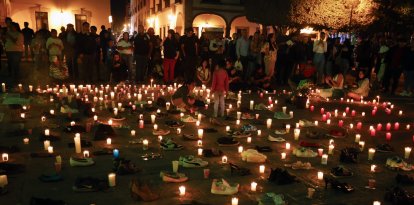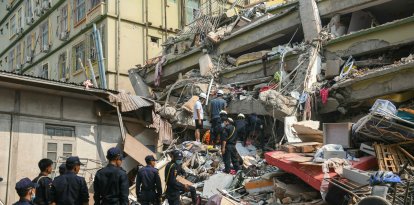El Salvador's megaprison: A model to confront crime that other countries are seeking to replicate
The first 2,000 gang members were transferred to the penitentiary center that has been described as the largest in the Americas.
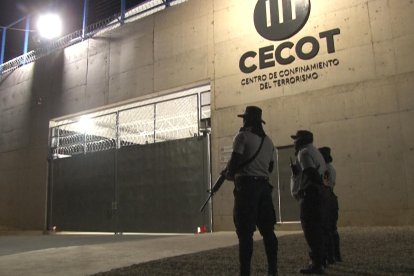
La megacárcel de El Salvador | Captura video AFP
Salvadoran President Nayib Bukele is clear about his policy against crime in the country. In his war to restore safety to the streets of his country, the president established a megaprison that is becoming a model for other countries in the region.
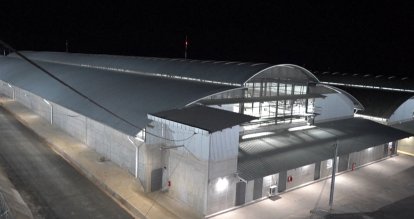
The facade of the megaprison in El Salvador | AFP
Last week, the first 2,000 gang members were transferred to the prison that has been described as the largest in the Americas. The prison is designed to hold 40,000 criminals.
"Today at dawn, in a single operation, we transferred the first 2,000 gang members to the Terrorism Confinement Center (CECOT)," wrote the press secretary of the presidency.
Several media outlets were able to enter the detention center before it opened to see the facilities. According to AFP, the megaprison was built in an isolated rural area in a valley near Tecoluca, 46 miles southeast of San Salvador, and was inspected by Bukele. It has a dozen pavilions that occupy 23 hectares.
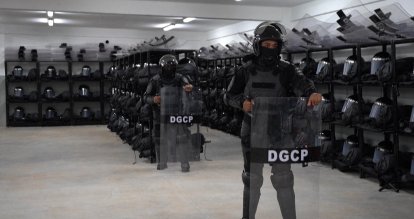
Likewise, it has surveillance systems with video circuits and scanners to review everyone who enters the premises. "Any person belonging to a terrorist organization will enter this confinement center," said Vice Minister of Justice and Public Security Osiris Luna.

It is a maximum security prison | Vladimir Chamarro Tobar, Sarairis Marin, Fernando Robles, AFPTV / Presidency of El Salvador / AFP
The press images show the prison cells, made of reinforced concrete with thick steel bars. The prison has its own wells to extract drinking water.
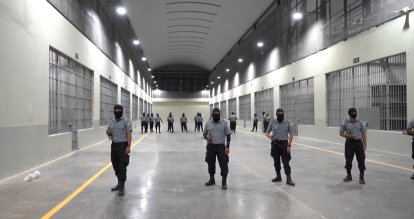
The cells are made of reinforced concrete and have thick steel bars | Vladimir Chamarro Tobar, Sarairis Marin, Fernando Robles, AFPTV / Presidency of El Salvador / AFP
Meanwhile, Peruvian Prime Minister Alberto Otárola announced the intention of Dina Boluarte's administration to replicate the model of El Salvador's prisons. For this reason, Peruvian Justice Minister Eduardo Arana was authorized to travel to the country to learn more about Bukele's plan, according to Peruvian newspaper El Comercio.

RECOMMENDATION

